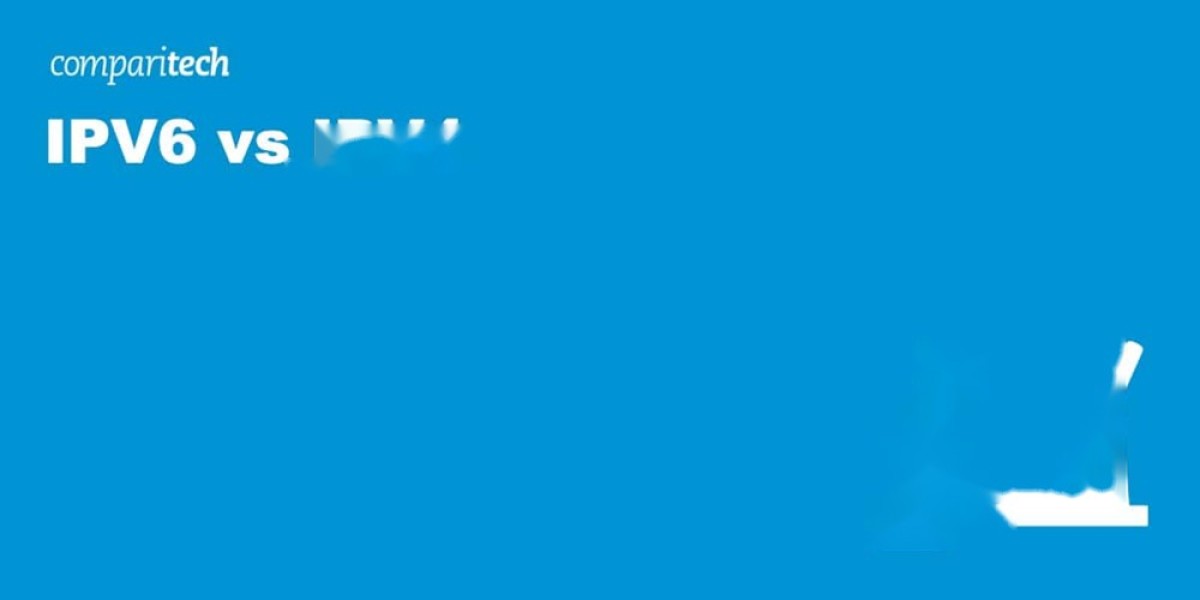Understanding Internet Protocol: From IPv4 to IPv6
The Internet Protocol (IP) serves as the fundamental addressing system for online communication. Every internet-connected device—from smartphones to smart home appliances—requires an IP address to send and receive data across networks worldwide. This unique identifier functions similarly to a telephone number, providing both location and identity information.
The Evolution of IP Addressing
When the internet was in its infancy during the early 1980s, IPv4 was implemented as the standard addressing protocol. An IPv4 address consists of four numerical segments separated by periods (like 192.168.1.1), allowing for approximately 4.3 billion unique addresses.
This initially seemed more than sufficient, but the explosive growth of internet-connected devices has pushed the IPv4 system to its limits. With smartphones, tablets, IoT devices, and computers all requiring addresses, we're rapidly approaching complete IPv4 exhaustion.
Enter IPv6: The Next Generation
To address this limitation, IPv6 was developed with a dramatically expanded address space. An IPv6 address uses eight groups of hexadecimal digits separated by colons (such as 2001:0db8:85a3:0000:0000:8a2e:0370:7334).
The most significant advantage of IPv6 is its virtually unlimited supply of addresses—340 undecillion (3.4×10^38), enough to assign unique addresses to every grain of sand on Earth and still have plenty left over.
The Slow Transition
Despite IPv6's advantages, adoption has been gradual. According to recent statistics, only about 40% of global internet traffic uses IPv6. The transition faces several challenges:
- Infrastructure costs: Upgrading servers, routers, and network equipment requires significant investment
- Technical complexity: Managing dual-stack environments during transition
- Limited incentives: Many organizations see little immediate benefit to justify the expense
Security Considerations Between Protocols
Initially, IPv6 was designed with mandatory IPsec encryption, which would have made it inherently more secure than IPv4. However, this requirement was later relaxed to encourage adoption.
During this transition period, some security experts highlight potential vulnerabilities:
- Tunnel technologies used to bridge IPv4 and IPv6 networks can introduce security weaknesses
- IPv6's autoconfiguration feature could potentially expose device identifiers
- Many security tools and practices were designed primarily for IPv4 environments
The Future Landscape
The coexistence of IPv4 and IPv6 will continue for years to come. Most modern operating systems and devices support both protocols by default, creating a dual-stack environment that maximizes connectivity.
For average users, the protocol transition happens largely behind the scenes. However, network administrators and security professionals must carefully manage this evolution to ensure both comprehensive connectivity and robust security.
As internet-connected devices continue to proliferate, IPv6 adoption will accelerate out of necessity. The expanded address space ensures the internet can continue its growth trajectory without artificial constraints on the number of connected devices.
What is a Netflix VPN and How to Get One
A Netflix VPN is a specialized virtual private network service that enables viewers to bypass geographical restrictions on Netflix's streaming library, allowing access to shows and movies that might be unavailable in their current location. When users connect to a VPN server in another country, Netflix identifies them as browsing from that region, unlocking content exclusive to that territory. This technology has become increasingly popular among international travelers and content enthusiasts who wish to maintain access to their favorite Netflix programs regardless of where they physically reside.
Why Choose SafeShell as Your Netflix VPN?
If you're facing issues like Netflix vpn not working due to outdated software or geo-blocks, SafeShell VPN offers a reliable solution to access region-restricted content effortlessly.
- Optimized Streaming Performance : SafeShell VPN maintains high-speed servers specifically engineered for Netflix, delivering buffer-free 4K streaming even during peak hours.
- Cross-Platform Flexibility : Connect up to five devices concurrently across diverse operating systems, including smart TVs and mobile platforms, ensuring uninterrupted access on all your gadgets.
- Multi-Region Access : The innovative App Mode bypasses location-based restrictions, allowing simultaneous connections to Netflix libraries from different countries for expanded content choices.
- Robust Privacy Protection : Built-in ShellGuard protocol employs military-grade encryption to shield your streaming activity from ISP throttling and third-party surveillance.
- No-Risk Trial : Test premium features like unlimited bandwidth and server switching through a flexible free plan, ensuring compatibility before long-term commitment.
SafeShell VPN eliminates common frustrations like Netflix VPN not working by combining cutting-edge technology with user-centric features for seamless global entertainment access.
A Step-by-Step Guide to Watch Netflix with SafeShell VPN
Unlocking global entertainment has never been easier with SafeShell Netflix VPN , a powerful tool that breaks down geographical restrictions. To begin your journey into unlimited streaming, first visit the SafeShell VPN website to subscribe to a suitable plan that matches your viewing habits and budget. After completing your subscription, download the appropriate application for your device - whether you're using Windows, macOS, iOS, or Android. Once installed, launch the app, log into your account, and select APP mode for the optimal Netflix streaming experience.
Next, browse through SafeShell's extensive server network and select a location in your desired Netflix region - popular choices include the US for the largest content library, the UK for British shows, or Canada for its unique offerings. After connecting to your chosen server, simply open the Netflix app or website and sign in with your existing credentials. Within moments, you'll have seamless access to a wealth of previously blocked content, all secured by SafeShell's robust encryption. The entire process takes just minutes, transforming your Netflix experience with minimal effort.








